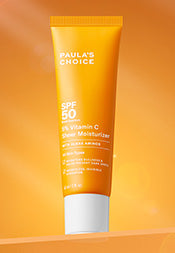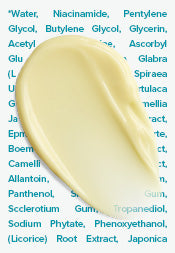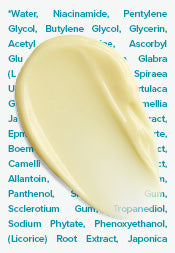Skin Beauty: Understanding Cosmetics Ingredient Labels
Trying out a new cosmetic product? Whether it’s a drugstore moisturizer or a $200 eye cream from an upscale spa, the first thing you need to look at for any cosmetic product you buy isn’t the claims or product description—it’s the ingredient list.
Understanding ingredient lists isn’t something that comes naturally to everyone. Have you been asking which ingredients are good for you and your skin type and which aren’t? Can you make sense of those long, technical names? We’ve been interpreting these lists for years, and have the tools you need to become cosmetic-ingredient savvy when you read that label.
Tips for Understanding Ingredient Lists
Every skincare or makeup product should have its full ingredients listed on the packaging, according to health regulations. You can see this list either on the actual tube or jar or carton, while smaller cosmetic products usually have peel-back stickers. Regardless, it should be somewhere accessible—you shouldn’t have to dig for the information online or elsewhere to begin your body or face care routine.
Once you’ve found the list, the next thing to do is to see what the ingredients are, and begin to learn about the purpose each serves in the product. Some common ingredients, like water, retinol or glycerin, are easy enough to understand since you might have heard about them. But what about cetearyl glucoside, tocopherol acetate, magnesium ascorbyl phosphate, and others?
Our Cosmetic Ingredient Dictionary is a great resource if you want to know more about skincare. This site contains the definitions of hundreds of skincare and makeup ingredients—and you can access it on our website from your mobile device. It includes the technical as well as non-technical names of ingredients, what their purpose is, descriptions of how they work on your skin, and research supporting their use in cosmetics. As you browse the information we shared there, you’ll become familiar with the most common ingredients and be able to identify them quickly.
Perhaps most important is knowing which ingredients can irritate some skin types. Many makeup, beauty and skincare products contain irritants, so stay sharp when looking out for these!
Active Versus Inactive Ingredients
In most cases, you’ll notice that ingredients are listed in descending order of concentration—in other words, the ingredients present in the highest concentrations top the list, and so on. Some cosmetics are called over-the-counter drugs (like sunscreens and anti-acne products), whose ingredients are listed as “active” or “inactive.”
An active ingredient is one approved by the United States Food and Drug Administration to perform a specific function for a specific condition. Examples are titanium dioxide for sun protection and benzoyl peroxide for acne. Active ingredients are listed, along with their weight in descending order, a short description of how they work in a product, and how the product that contains them should be applied. “Inactive” ingredients aren’t really inactive per se, as they provide support for the active ingredient or lend cosmetic benefits like hydration. These also play a vital role in the product.
Note: There’s one aspect of products with active ingredients that can make it a bit tricky to understand exactly how much of each ingredient you’re getting from the product. In the United States, if a label has active ingredients, it’s acceptable to list the inactive ingredients alphabetically, instead of in order of concentration. Not many brands do this, but some do, which makes it more challenging, especially if you’re looking to avoid higher amounts of specific ingredients. You might want to read the label carefully to ensure that you are getting the cosmetic product that works best for you.
With these tips in mind, you’re now ready to do your own fact-finding to select the products that will help your skin become healthier!
Shop our best-selling skincare products online.
References for this information
https://www.fda.gov/Cosmetics/Labeling/Regulations/ucm126444.htm











